The Teddy Bear Schnoodle Temperament
The Schnoodle is cheerful and intelligent. Described as "forever happy," this designer dog's favorite joys in life are playing and hanging out with his family. Bred to be a companion dog, he's proven that he can do well in agility and as a therapy dog. He makes a terrific jogging companion and his love of activity can get you off the couch. He will fill your life and lap with love and laughter.
The Schnoodle is loyal like the Schnauzer and fun-loving like the Poodle. Like his Schnauzer parent, a Schnoodle has a protective nature and makes a good watchdog. Like his Poodle parent, he's smart and affectionate. The smaller ones will bark, sometimes too much (a trait that should be nipped in the bud when he's young).
Schnauzers tend toward being a bit stubborn and independent but extremely loyal. The Poodle is smart, agile, and active with a high-maintenance coat. In the best examples of this hybrid, there's less of the Poodle's high energy and less of the Schnauzer's stubbornness.
A Schnoodle loves car rides (particularly when he's going to visit someone he likes), playing fetch, and just having a good ole' time. Fetch isn't the only game he loves; he likes to play and play. He's a silly boy and will do what some refer to as the "butt tucks" and others call the Schnoodle 500 — running fast in a circle with the hind end tucked up. It's just a form of play that means he's happy.
He also has an unusual propensity to use his front paws as hands to hold toys and blankets. Schnauzers sometimes love one person more than the rest of the family, and that trait can carry over to Schnoodles. They'll always like the whole family, but once in a while they prefer one person above the rest
Doodle Development Periods
Your puppy will pass through many stages as he grows and develops. Many puppy owners are shocked, surprised or downright freaked out about the way their cute little puppy is behaving. Just check out what stage of development the little guy (or gal) is it explains a lot (like he isn’t crazy). Behaviors can be accounted for with these stages, but a lot of these behaviors are also not acceptable and you must train and lead the way.
The mother of your puppy will start the process by building the foundation. This responsibility will then be turned over to you. It can not be expressed enough times how important is for you to train and lead your puppy so that he/she will be a happy well-adjusted member of your family for life. We STRONGLY recommend that all of our puppies enroll in our Doodle Prep School prior to coming home to ensure that your puppy gets the foundational training they need.
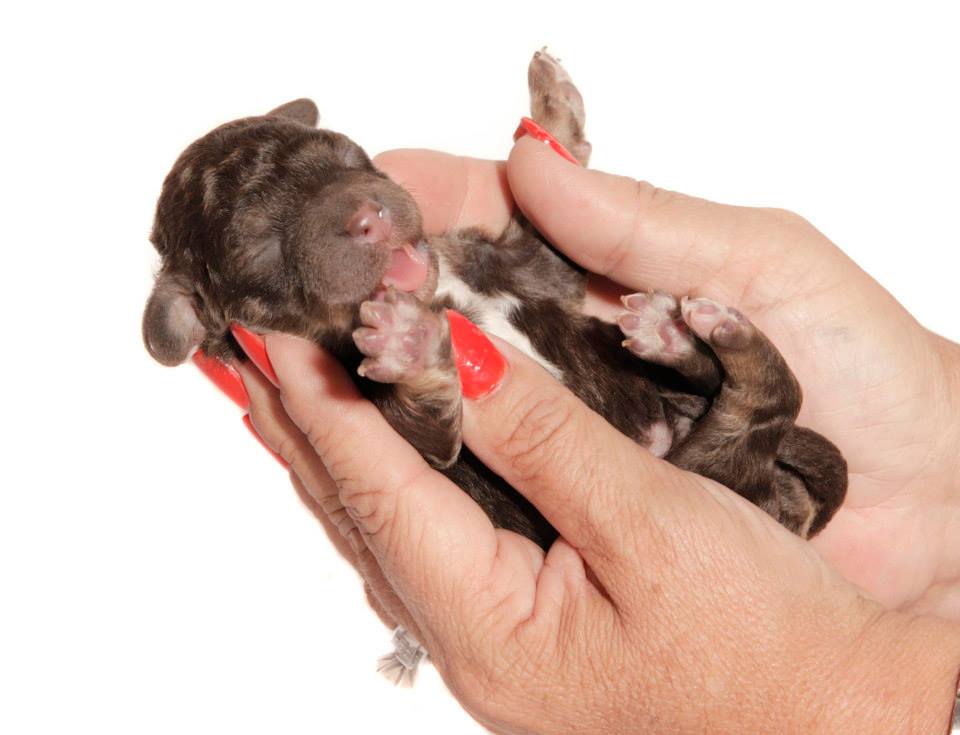 Puppy Toddlers Period (3 - 8 Weeks)
Puppy Toddlers Period (3 - 8 Weeks)
“Mom teaches dog manners”
During the Toddler period, the doodle puppies emerge on their own from the litter. They venture into the surrounding environment. These lessons learned in the toddler stage are CRITICAL. Puppies removed too early tend to be nervous, tend to bark a lot and tend to bite simply because these lessons a mother and littermates usually provide were missed. Training problems and long-term behavior problems can often be attributed to a puppy removed from the litter much too soon.
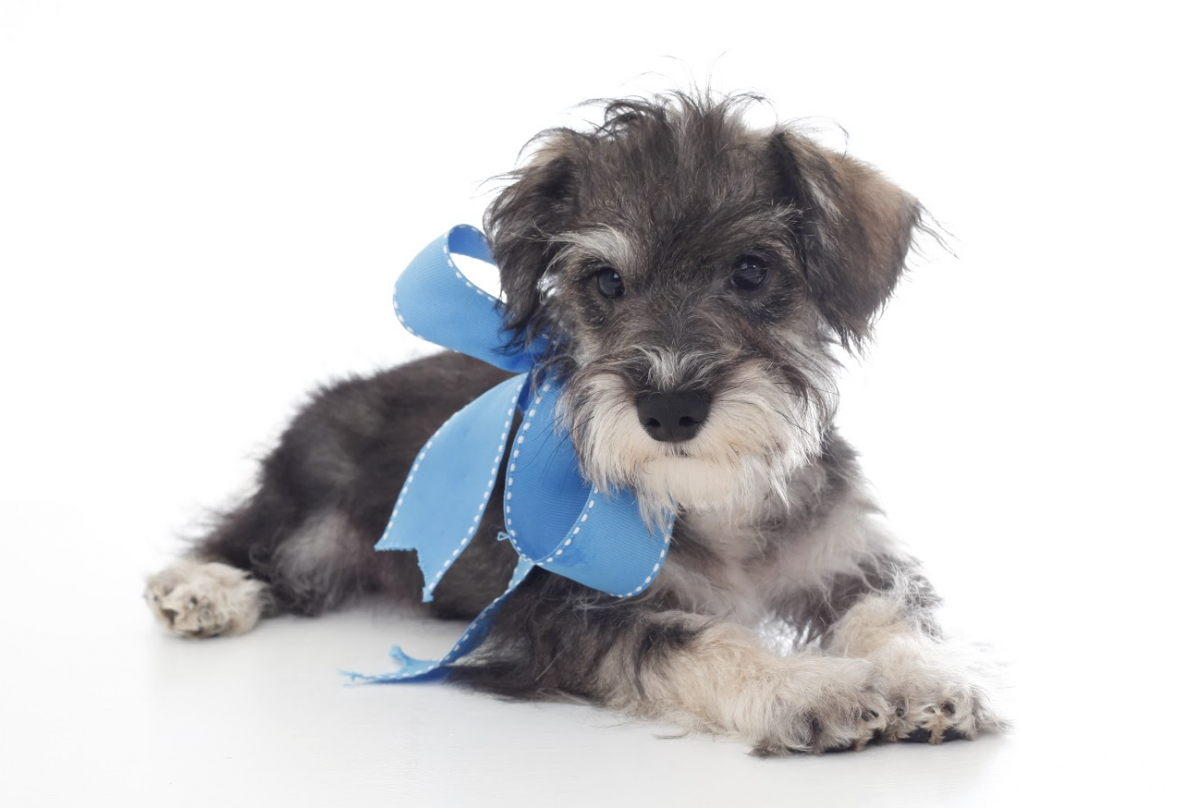
Beginning at 3 weeks of age, what is going on:
The first lessons learned are dog specific behavioral patterns
- They will learn various postures meanings and their effects to their mother and littermates.
- They will learn how to bite and what it is like to be bitten.
- They will learn what barking and other vocalizations mean and their uses.
- They will learn how to establish social relationships with other dogs.
Beginning at 5 weeks of age, what is going on:
and tempered activities (dog manners) usually are learned at approximately 5 weeks of age.
- They will learn how to be submissive to the leader of the pack.
- They will learn and refine additional postures, vocalizations, and acceptable dog interaction behaviors.
What the puppy’s mother will do:
The mother will growl, snarl and snap to communicate. a few very clear signals and repetitions, the young puppy will learn quickly. At that point, a mother's glare or low growl is all that is needed to keep a young pup in line. Littermates also learn clear signals of communication to each other.
Socialization Period (7 - 12 Weeks) and First Fear Imprint Period (8-11 Weeks)
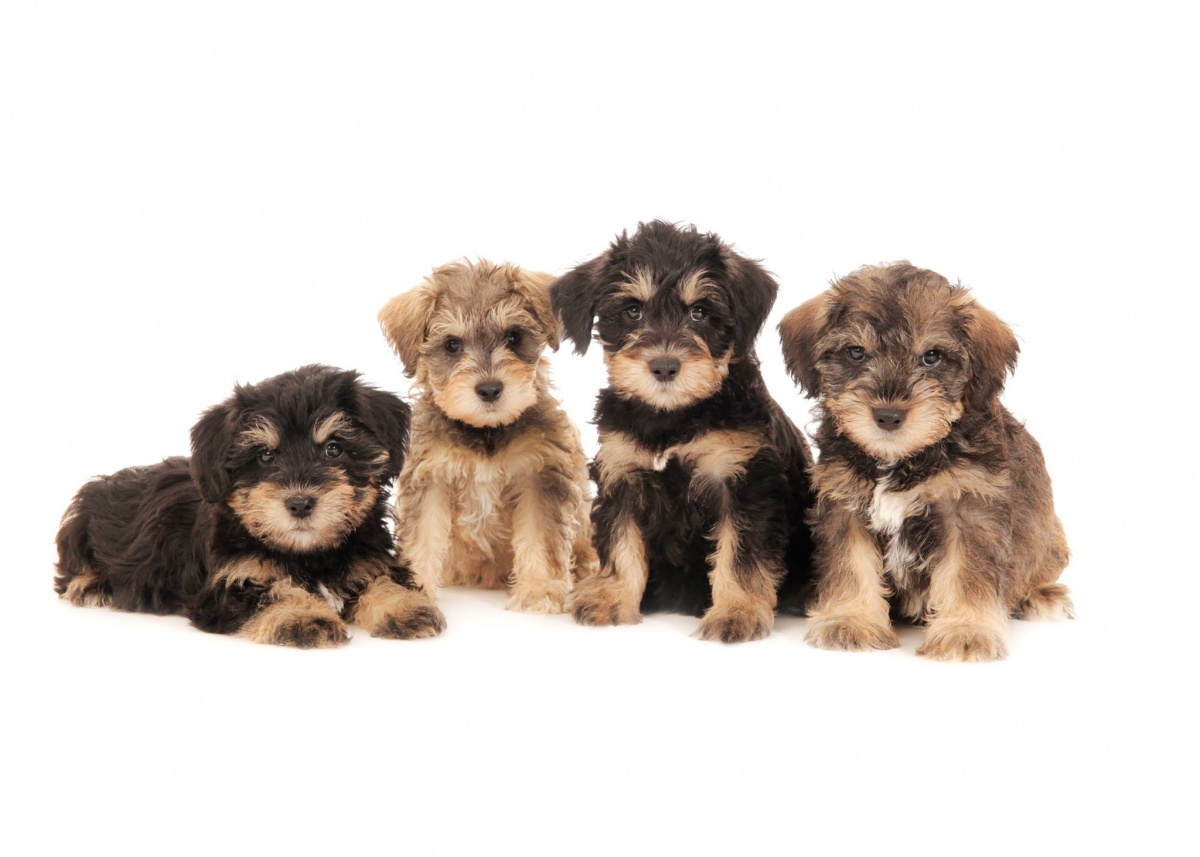
“Lasting impact, rapid learning”
Dogs that are denied socialization during this critical Socialization Period often become unpredictable because they are fearful or aggressive. It is during this time that your dog needs to have positive experiences. They need to be introduced to new things and begin the groundwork to a happy, well-adjusted dog.
Beginning at 7 weeks of age, what is going on:
- Short attention spans.
- Things learned are permanent and will be resistant to change.
- Puppy will be eager to learn.
- What he does and learns now, he will do as an adult.
- Puppy’s temperament and personality will become more apparent.
- Puppy will be transitioning his education from his mother to his human environment.
Beginning at 8 weeks and ending at approximately 11 weeks of age, what is going on:
- Any traumatic, painful or frightening experiences can have a lasting impact.
What You Can Do:
- Gradually introduce your puppy to new things, environments and people.
- Make experiences positive (provide treats or toys)
- Don’t push your puppy into fearful situations – take things slowly and allow him to adjust and get used to the situation.
- Do not let others push your puppy or be forceful with them.
- Provide a secure comforting demeanor.
- Teach the puppy you are there to protect and lead.
Seniority Classification Period (12-16 Weeks)
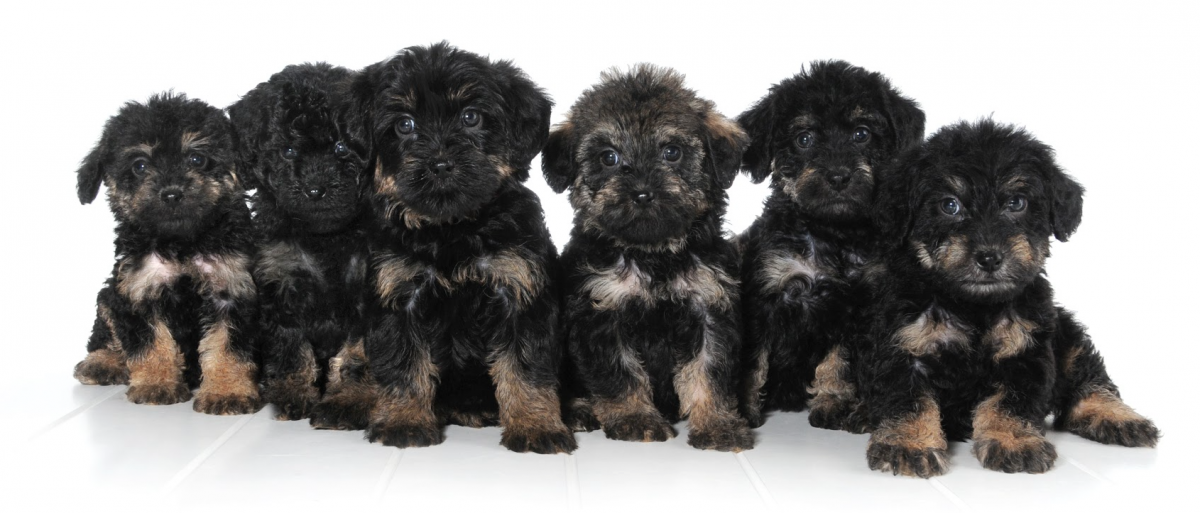
“You’re not the boss of me!”
The puppy has been in the home now for a few weeks. He has been watching you and the family very closely. He is picking up on human behaviors and reactions. He is learning the pecking order of the pack. As he observes and learns, he will then attempt to figure out where exactly he stands in the pack order and to also see if moving up in the pack will work. After all, he knows who the “weak links” are and will start at the bottom and try to move right up the pack. How could such a cute little pup be such a pistol?
What is going on:
- Puppy will begin to question authority.
- Puppy will attempt to move himself up in the pack order.
- Puppy will try to dominate.
- Puppy will grab leashes
- Puppy will try to determine what activities are going to be done and when.
- Puppy may growl.
- Puppy may put his mouth on you.
- Puppy can often become overexcited.
What you can do:
- Learn how your actions and body language communicate to your dog.
- Do not play aggressive games during this phase (Tug or wrestling).
- If the puppy becomes overexcited, growls or mouths you - Stop all activity.
- Be very aware of how the puppy interacts with – do not leave children unattended with the puppy.
- Enroll in a puppy kindergarten class to redirect some of them.
- Evaluate the whole family’s methods of interactions and corrections and make sure that all are consistent and clear.
Flight Instinct Period (4 - 8 Months)
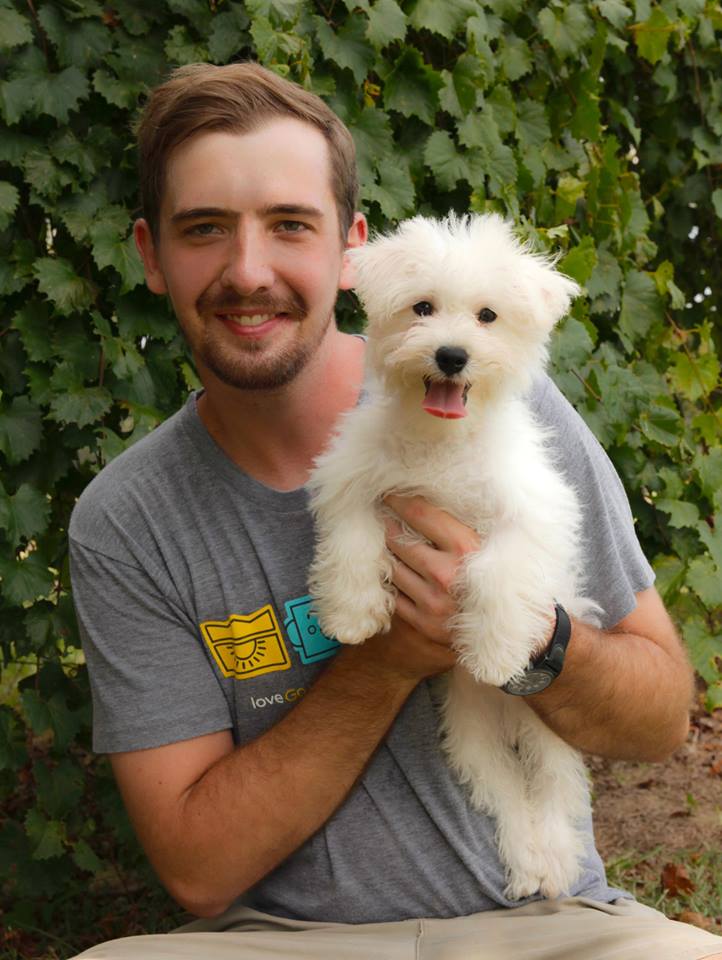
“Fly like an Eagle, into the wind”
Your cute little puppy has been following you around for weeks now. He has been aware of where you are and would stay pretty close. During this period that same cute little puppy will decide that he is ready to go solo and take off running quicker than lightning. During this time, teaching the puppy that he must stay close by or come when called is critical. The failure to do this will result in a dog that will not be reliable to come or to stay close by as an adult and very well could lead the dog into a life or death situation.
What is going on:
- The puppy will become more independent.
- A puppy that previously would never go very far, will venture off.
- The puppy will ignore commands to stay close or come.
- How you handle refusal to come or stay will affect future reliability off leash.
- Puppy will be clever in attempts to run around loose.
What you can do:
- Leash on 100% of the time they are not in a confined area.
- Never allow dog loose in an unconfined area (yes this is redundant to the above, so it must be pretty important for us to say it twice).
- Being off leash outside of a confined area is reserved for who have been well trained.
- Enroll in a training class that utilizes positive training techniques.
- Reinforce and continue to train your puppy “come”.
- Make coming to a very positive experience.
- Oh… and never allow your puppy to be off leash in an unconfined area.
Adolescence Period (7 - 10 months)
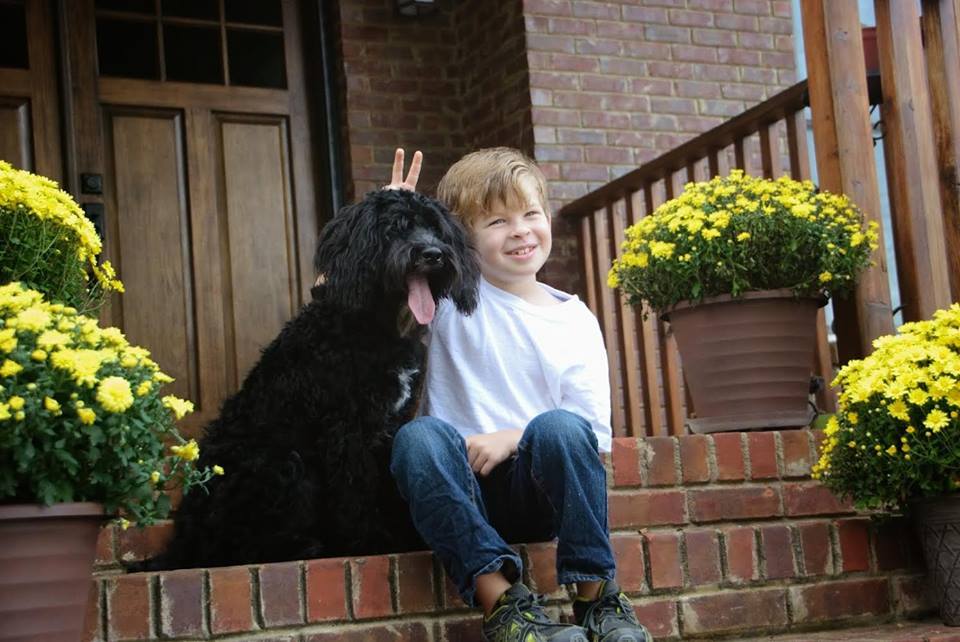
“Welcome to the Teenage Years – Enjoy the Ride”
This is one of the most difficult times for pet owners. They are so surprised when their puppy turns into “devil dog” or “Cujo”. This often is a time when many families start to worry that maybe they made a bad decision in getting a dog. Remember: you get what you put into it. You take the time right now to teach good habits, you will have the dog you always dreamed of for many years. This work will pay off.
What is going on:
The puppy will become a free and independent thinker.
- The puppy will continue to review the pack order.
- The puppy will be very energetic.
- The puppy will be exuberant and enthusiastic.
- They turn into clowns with teeth.
- They will delight in learning new and fun things.
What you can do:
- Appreciate the humor of it all.
- Have you read the book The Dog Listener yet? It will help.
- Understand that despite the behaviors, it is your time to continue to train and reinforce the things you do want him to do.
- Reaffirm the family pack order.
- Be realistic about expectations (still very much a puppy in a big boy body)
- Channel all that energy into positive learning experiences.
- Continue with training classes; explore options for additional training opportunities.
Second Fear Imprint Period (6 - 14 Months)
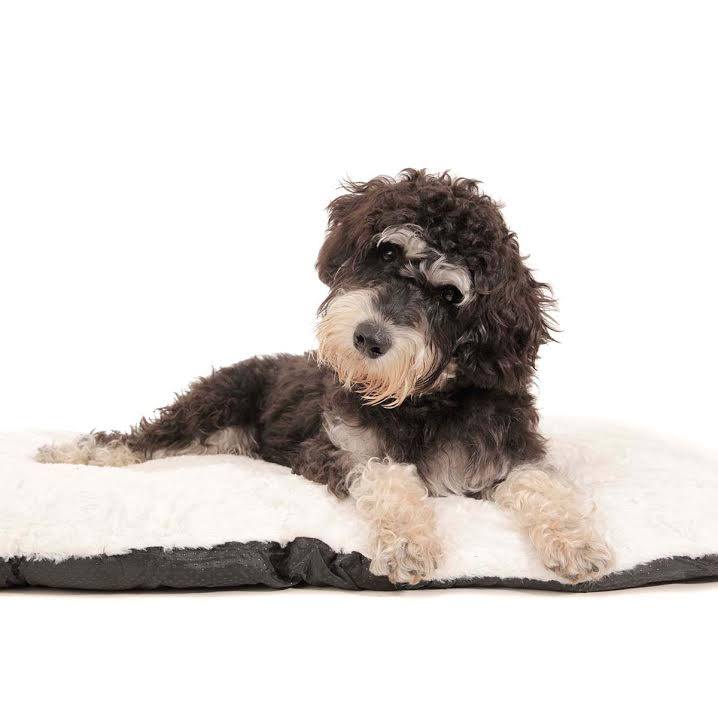
“Yikes! What’s up with that?”
You have a puppy that is full of beans, he runs around like a clown in search of his next show. But then, BAM, he refuses to walk down some stairs, he is shaking in the car, or he jumps at the sound of the neighbor’s music. Surprise! This is normal, but you must help your dog figure out how to deal with his fears or concerns. The skills of learning how to “shake it off and keep going” will be valuable to him for the rest of his life. It will also reduce the chances that the things he fears will not be permanently imprinted for life.
What is going on:
- The puppy that was so confident will suddenly become reluctant to new things.
- This period can be subtle.
- This period can come and go several times over this entire period.
- It may appear to be unprovoked or unrelated to any specific occurrence.
- Puppy can become frustrating to owners.
- You may notice this behavior more in males.
What you can do:
- Avoid extremes in your response (no anger or forcing or over comforting)
- Be patient and understanding.
- We aware of surrounding and potential triggers.
- Work on desensitizing him with gradual introductions with rewards.
- Avoid too much reassurance or coddling (which is a reward for this behavior)
- Don’t overreact or correct the fearfulness – just make light of it and encourage him to deal with his fear (work through the fear).
- Praise with grand rewards for his attempts.
- Your dog will take his cues from you, if you act frightened or concerned he will too.
Mature Adulthood Development Period (1 - 3 Years)
“I shall protect thy kingdom!”
So the puppy is no longer an itty-bitty baby, he is pretty much fully grown in height. He will begin to fill out a bit and develop more muscle tone. But, mentally, the dog is still working out some last details of his life and what it means to him. He IS a member of a pack and now begins to find that his turf is worthy of monitoring and protecting. Sort of sounds nice to have your dog be protective, but don’t fall for it. You do not want your dog to take over these responsibilities because in no time you too will be under the rule of the King Dog. Which can lead to aggressive behaviors, protective to the point of creating fear or actually harming someone or another animal as he protects? This is bad news, and often a reason a dog is taken out of the home or destroyed. So, don’t allow your dog to be the King of the Castle, assign him the role of court jester – he will be happier and so will your family.
What is going on:
- The dog may become more turf protective.
- Strangers may be greeted with barking.
- Barking at noises, birds, cars, butterflies, pretty much everything he believes worthy of attention.
- Playing with other dogs may escalate to fighting.
- Same-sex confrontations of other dogs can occur.
- Once again, checking the pack order to see if he can move up.
What you can do:
- Reinforce how to greet strangers into your home.
- Teach your dog to ignore dogs he cannot be nice too.
- Practice or reinforce dog manners (utilizing no threatening dogs)
- Learn to read your dog and other dogs. (Circling, walking on toes, stiff tail wags, tense facial expressions – are the signs of aggressive behaviors)
- Rally your family to review that the pack order is clear and everyone is consistent with training and corrections.
- Reward him for good behaviors.
- Give that dog another job, therapy work, obedience classes, agility.
Special Thanks to IDOG & dog time for sharing this with us!
